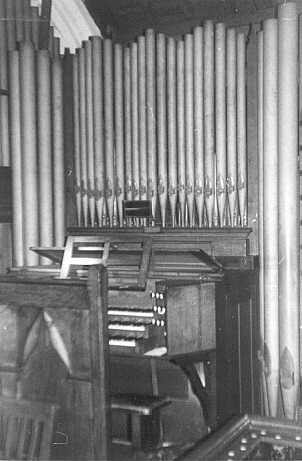Dear Eric
Thanks
Yes - I used to have similar views on "restoration" but heritage professionals enlightened me as to the subtleties of "preservation". In the organ world, this is demonstrated by the instrument at Albi which over the years had been altered with a "romantic" bias and given modernisations and "preservation" could have been followed. But instead, Formentelli "restored" it, keeping all the original Moucherel pipework and putting all the romantic pipework into a big church 100 metres away.
J'espere que mes amis Francophone peuvent écrire ici parce que cette example est tres interessante.
Best wishes
Forum Admin
Thanks
Yes - I used to have similar views on "restoration" but heritage professionals enlightened me as to the subtleties of "preservation". In the organ world, this is demonstrated by the instrument at Albi which over the years had been altered with a "romantic" bias and given modernisations and "preservation" could have been followed. But instead, Formentelli "restored" it, keeping all the original Moucherel pipework and putting all the romantic pipework into a big church 100 metres away.
J'espere que mes amis Francophone peuvent écrire ici parce que cette example est tres interessante.
Best wishes
Forum Admin
 Please telephone Michael Ward 01424 460727 and you might email
Please telephone Michael Ward 01424 460727 and you might email 
